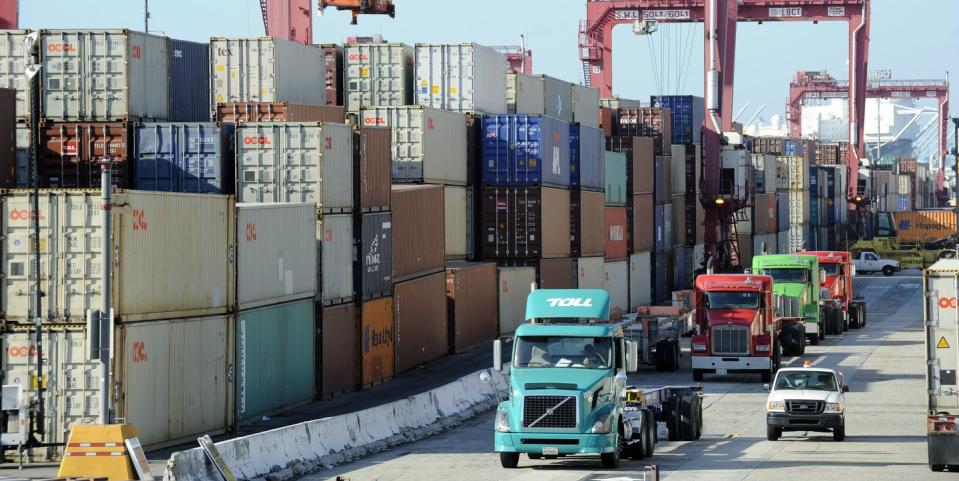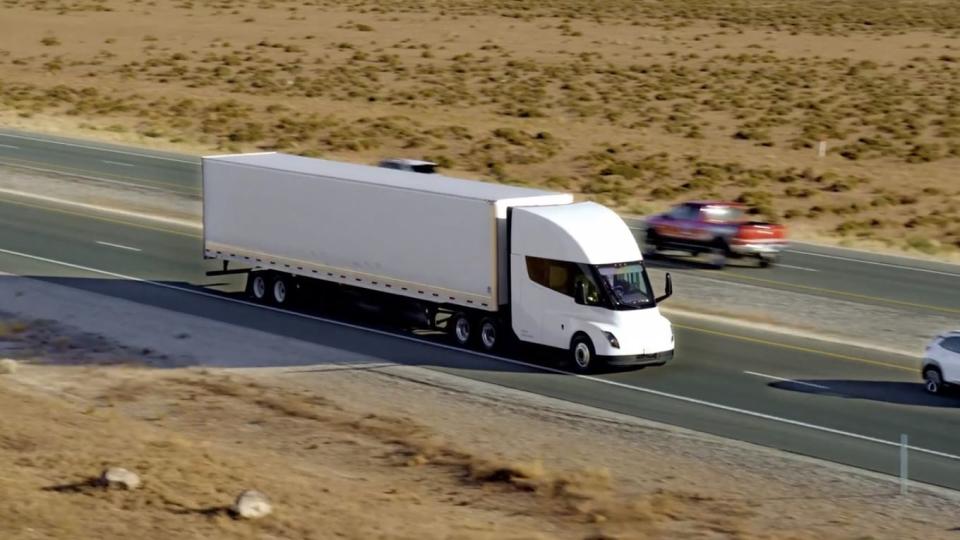Will Port Charging Be the Next EV Infrastructure Frontier?

California is holding strong to its strict electrification targets, as it plans to have half of all California-sold heavy-duty trucks electric by 2035.
Electrifying commercial fleets will be an essential step to cleaning up port-based supply chains, but the charging infrastructure for commercial uses is currently lacking.
Private equity firms are investing billions of dollars into the creation of port-based and shipping route-lined chargers in an effort to reduce emissions and make a buck or two as well.
California has long been at the forefront of emissions and environmental regulation in the US, as over a dozen states follow its strict passenger vehicle emissions guidelines. As the EV industry grows rapidly, many of these states have also considered following in the Golden State's footsteps regarding electric adoption. But California recently took its EV policies one step further, in a move that may actually have more short-term health benefits.
California Governor Gavin Newsom set the precedent that half of all heavy-duty trucks sold in the state will be electric by 2035, with the 2020 executive order mandating all operations of medium- and heavy-duty vehicles be zero emission where feasible by 2045. And the Environmental Protection Agency approved this plan just two weeks ago, as California spearheads the shift away from diesel-powered trucks.

It's not immediately clear if this timeline is feasible, as it hinges on the advent of additional electric semi-trailer trucks and a dedicated commercial EV charging network. Currently, around 10 electric big rigs are available in the US, with about five of them in service today. Europe is undeniably ahead of us in this regard, as its rate of electric semi-truck adoption is higher and relative trip length is shorter, but US investment firms are looking into reversing this trend. Or at least making some money off of it.
With an estimated 157,000 medium- and heavy-duty chargers needed by 2030, the California Energy Commission has dedicated $1.7 billion to the cause, as it claims only 1000 chargers are currently in use for its range of commercial trucks. Given this abysmally low number of chargers, it's no wonder California is scrambling to add capacity at its ports, especially considering that the Port of Los Angeles just lost its 22-year run as the busiest American port.

 Yahoo Autos
Yahoo Autos 